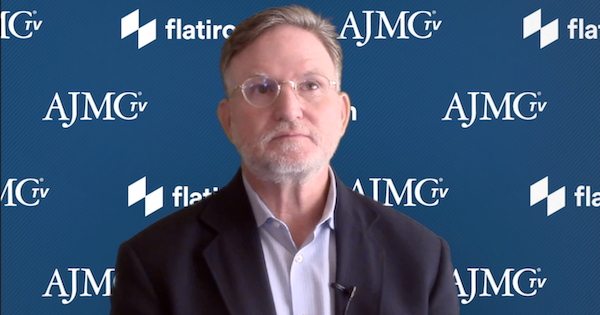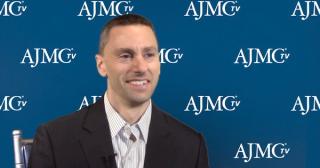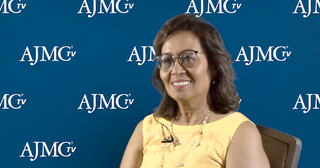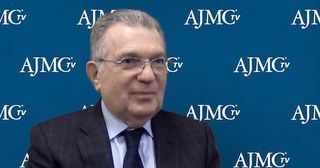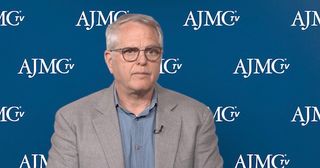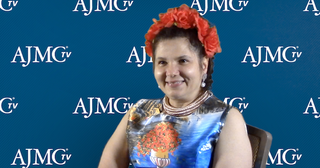
Oncology
Latest News
Latest Videos

CME Content
More News

Obesity is associated with a number of adverse health-related complications and carries an elevated individual all-cause mortality risk. It would be hard to overstate the increased adverse health outcomes for obese individuals. What is far less well recognized by the general public is the significant link between obesity and increased cancer risk.
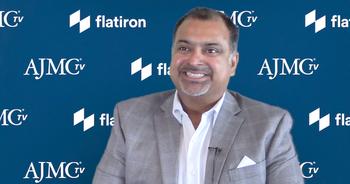
Practices are going to have to decide which biosimilar manufacturers they want to be able to partner with, explained Tesh Khullar, senior vice president & advisor, Flatiron Health.

The most common primary liver cancer, hepatocellular carcinoma, is driven by fatty liver disease and is among the most prevalent and deadly of cancers driven by obesity. Rising rates of overweight and obesity parallel increased rates of obesogenic cancers, which increased 7% between 2005 and 2014.

Patients on Medicare with metastatic breast cancer who receive treatment that is discordant with NCCN guidelines bear a greater burden of patient cost responsibility than patients who do receive care according to treatment guidelines.
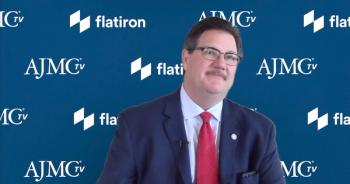
Erich Mounce: Partnerships and Performance Data Can Initiate Sustainable Growth in Clinical Practice
Initiating sustainable growth in clinical practices can be difficult, but through economies of scale derived from partnerships and performance data collection, optimal care can be administered efficiently, said Erich Mounce, chief operating officer, OneOncology.
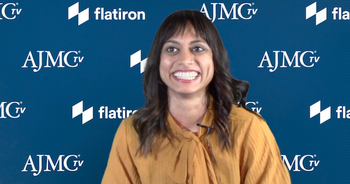
Amila Patel, PharmD, BCOP, technical lead, Clinical Oncology, Flatiron Health, discusses how Flatiron is working to implement clinical workflow features that expand beyond the electronic health record (EHR).
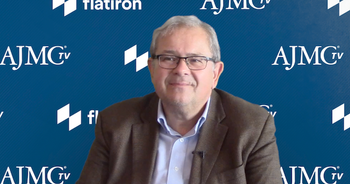
Michael Kolodziej, MD, vice president and chief innovation officer at ADVI Health, Inc., outlines the trends he expects to see in the coming years that will impact oncology.
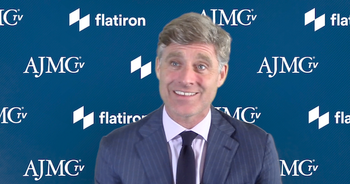
The healthcare system has gotten better at placing more of a priority on patient-centered care, but the progress has been slow, said James Hamrick, MD, senior medical director at Flatiron Health.

The mechanism studied affects a broad range of physiological responses and is now the focus of intense study by the pharmaceutical industry.
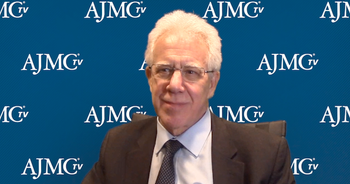
Lawrence N. Shulman, MD, director of the Center for Global Cancer Medicine at the Abramson Cancer Center, and professor of Medicine at the Hospital of the University of Pennsylvania, explains how providers are reacting to more effective, more costly therapies entering the cancer landscape.
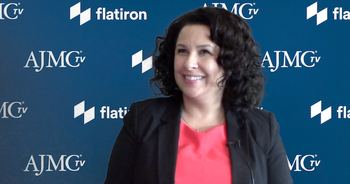
Nina Chavez, MBA, FACMPE, chief operating officer, New Mexico Oncology Hematology Consultants, Ltd., explains how expensive therapies like chimeric antigen receptor (CAR) T-cell therapy are creating reimbursement challenges.

As practices work to provide the best care for their patients while also containing costs, it has become clear that the old ways of doing things won’t cut it.

The Oncology Care Model (OCM) over the last couple of years has helped us to look at things that we didn’t really think of from an oncology perspective, explained Nina Chavez, MBA, FACMPE, chief operating officer, New Mexico Oncology Hematology Consultants, Ltd.

Tesh Khullar, senior vice president & advisor, Flatiron Health, discusses the first to anticancer biosimilars having recently entered the market.

During a panel discussion on defining, standardizing, and reporting quality in cancer care during the National Comprehensive Cancer Network Policy Summit held September 12 in Washington, DC, it became clear that stakeholders of all backgrounds have set their focus on one type of metric in particular: patient-reported outcomes.

Coverage of the first half of the Institute for Value-Based Medicine® (IVBM®) session held September 19, 2019, in Philadelphia, Pennsylvania. IVBM® is an initiative of The American Journal of Managed Care®.
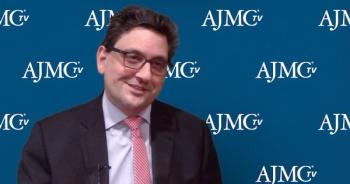
CMS is trying to make a 2-sided risk model in the Oncology Care Model enticing for practices, but there is still a lot of math practices need to work out before making the decision, said Blase Polite, MD, associate professor of medicine and the executive director for accountable care at the University of Chicago.

The more engaged patients who have more access to their data and are more informed about what’s going on are actually going to have better outcomes most of the time, explained James Hamrick, MD, senior medical director at Flatiron Health.

Florida Cancer Specialists & Research Institute and Humana Inc. have signed a new multiyear agreement that provides Humana members with in-network access to FCS’ comprehensive range of oncology services.

CMS' new radiation oncology payment model is slated to begin on January 1, 2020, but the significant billing changes that the model requires will require more time.

As rising drug costs continue to take up a larger portion of the total cost of care, practices in the Oncology Care Model find themselves in control of a shrinking portion of total costs, according to anecdotes from an academic medical center and a community-based practice during the National Comprehensive Cancer Network’s Policy Summit held September 12 in Washington, DC.
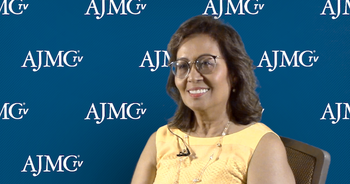
Lani M. Alison, BSN, MS, HCQ, PCMH, CCE, vice president of Clinical Affairs, Regional Cancer Care Associates, explains how the implementation of the Oncology Care Model (OCM) allowed practices to better integrate palliative care.

Unlike cancers common in adults, childhood cancers are unlikely to be prevented by screening.

Cancer treatment raises the risk of heart disease in childhood cancer survivors, as does diabetes and hypertension.
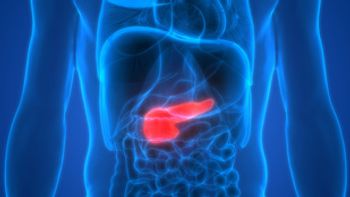
Finding a cure for pancreatic cancer, which is among the deadliest cancers, will require both systemic therapy and local therapy, researchers said.
